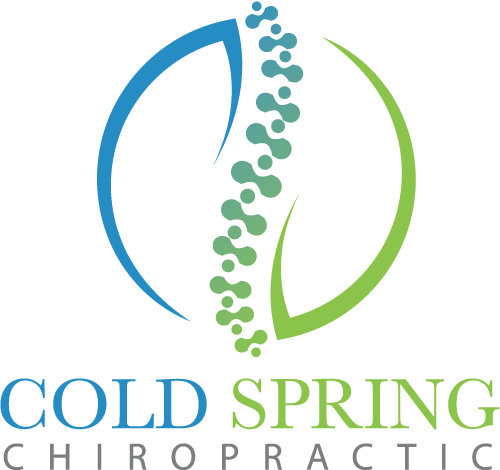Is Knee Injury Inevitable?
Posted on January 10, 2016By Dr. Steve Jonas & Dr. Jon DeGorter
Many runners at some point find themselves dealing with knee pain. Injury may seem an inevitable part of running especially at longer distances, and patellofemoral pain syndrome (PFPS) is one of the most common running injuries. Runner’s knee is pain around the kneecap that usually is worse when running uphill, downhill or going up and down stairs, and sometimes the knee will swell. Runner’s knee most often appears with increased mileage, but it can also be related to bad running form and poor core strength. Other factors could be overpronation (excessive inward foot rolling) and weak quads, hips, or glutes. These imbalances or weaknesses will have a greater effect with increased distances. Therefore it is very important to properly identify what is contributing to the injury and pain.
If you ignore the pain and continue running at the same intensity it only makes the issue worse. Seeking treatment earlier will allow you to take less time off and get back to your top form sooner. Depending on the severity of the pain and injury you can continue to train, with reduced mileage and taking extra rest days. You can also cross train with knee-friendly activities like biking, swimming or the elliptical to maintain aerobic conditioning.
Preventing Runner’s Knee
Adding strength training to your routine as well as stretches will help athletes prevent a host of injuries. Strengthening the hips and core region will help avoid runner’s knee. Some exercises that can help are planks, clamshells, the bridge, and side leg lifts. An important and often overlooked preventative measure is listening to your body, paying attention to any pain, tightness and/or soreness, and backing off if something is nagging you.
Treatment
If pain persists and home remedies (R.I.C.E.) have lost their effectiveness, you should seek treatment and have your injury evaluated. It is important to pinpoint the factors that are contributing to the injury and devise a corresponding treatment plan. While physical therapy focuses on strength and coordination, chiropractic sports injury care improves joint mobilization, ensuring that all the joints are moving correctly in coordination with the soft tissue. Just as every runner is unique, every injury has different causes. The key is finding the specific area of tension and tightness in the hips, quadriceps, low back or abdominal muscles and getting that area to move better, along with strengthening and stabilizing the hip, knee, foot and lower leg.
Active Release Technique® and Graston Technique® involve intense active movement-based massage treatment, which sets it apart from passive massage or physical therapy. ART and GT promote faster recovery, restoration of normal tissue function and prevents future injury. Active Release Technique and Graston Technique release the buildup of dense scar tissue to restore normal function and alleviate pain and allows tissue to heal in the correct patterns.
GT and ART are completely natural and non-invasive and can prevent the need for other invasive treatments. Active Release Technique® and Graston Technique® can have you back performing at your previous levels.

